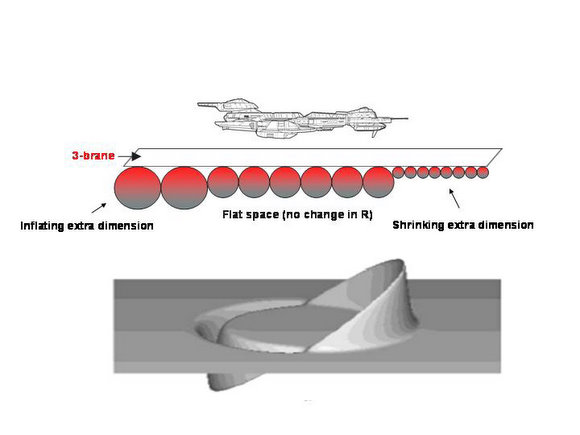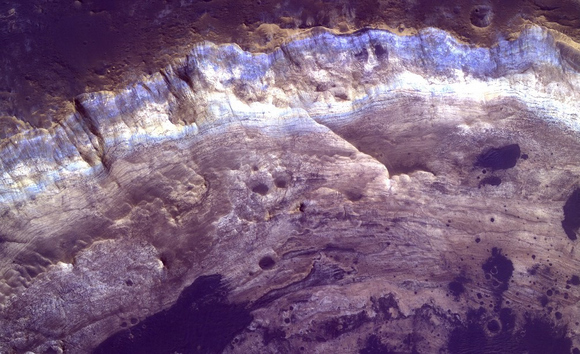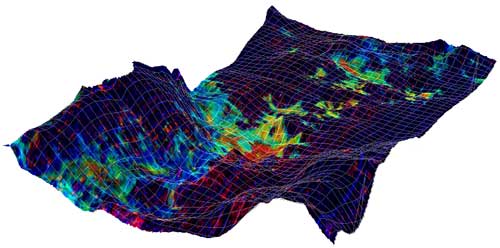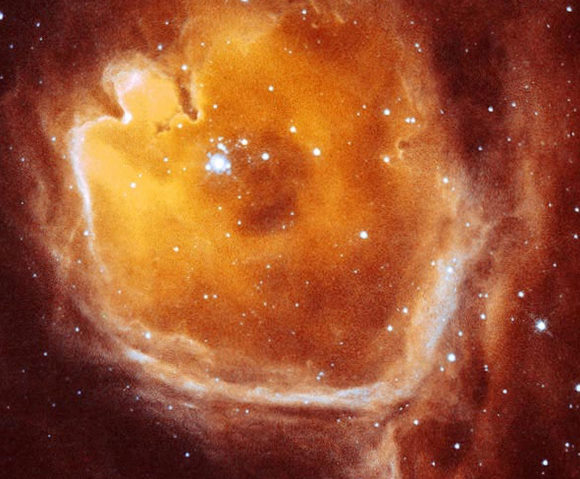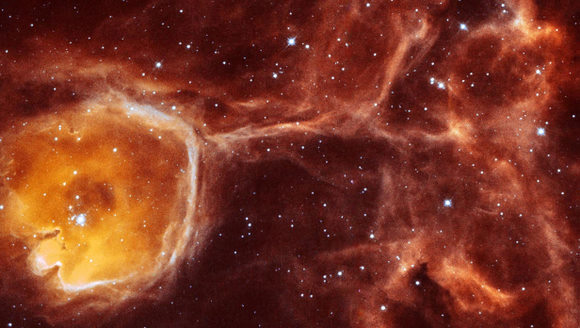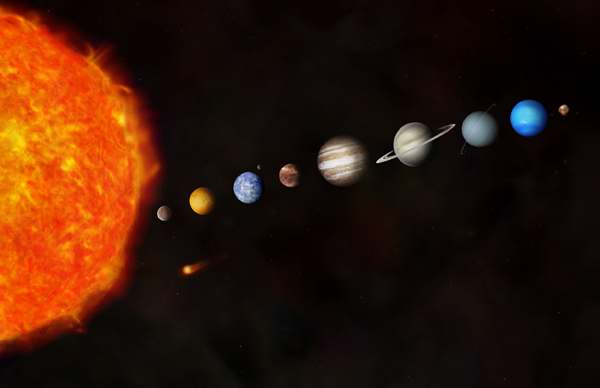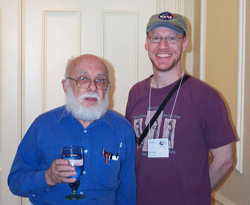[/caption]
Standard in almost every Star Trek episode are warp drives and cloaking devices. But in reality these science fiction gadgets defy the laws of physics. Or do they? Different scientists have been working on developing these two devices and they say they are getting closer to actually creating working prototypes. While warp drive won’t be available anytime soon, scientists are gaining a better understanding of how faster-than-light speed could possibly be achieved. And as for cloaking devices, don’t look now, but researchers recently cloaked three-dimensional objects using specially engineered materials that redirects light around objects.
Previously, scientists at the University of California, Berkley were only able to cloak very thin, two dimensional objects. But now, using meta-materials, which are mixtures of metal and circuit board materials such as ceramic, Teflon or fiber composite, scientists have deflected light waves around an object, like water flowing around a smooth rock in a stream. Objects are visible because they scatter the light that strikes them, reflecting some of it back to the eye. But the meta-materials would ward off light, radar or other waves. In effect, it would be a type of optical camouflage.
The research group, led by Xiang Zhang say they are a step closer to being able to render people and objects invisible. Their findings will be released later this week in the journals Nature and Science.
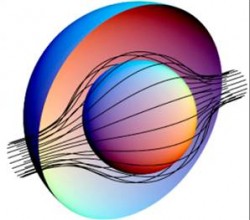
Another scientist and one of the leaders in cloaking research is John Pendry, a theoretical physicist at Imperial College, London. It was he who first worked out how a cloak could be built in theory, and then he helped build the first working cloak. Pendry recently submitted an abstract that discusses what he says is a new type of cloak, one that gives all cloaked objects the appearance of a flat conducting sheet. Pendry says this type of cloak has the advantage in that nothing remarkable is required to create the cloak. Pendry said the device could be “made isotropic. It makes broadband cloaking in the optical frequencies one step closer.” This type of cloak seemingly creates a mirage to render an object invisible to the eye. Pendry’s own website says information on his new cloak will be available soon.
While cloaking devices would have military applications, a group of scientists researching warp drives say they just want to have the ability to travel to Earth-like exoplanets, like Gliese 581c to better understand the origin and development of life. “The only way we could realistically visit these worlds in time-frames on the order of a human lifespan would be to develop what has been popularly termed a `warp drive,'” said researchers Gerald Cleaver and Richard Obousy from Baylor University in Texas.
Their work expands on research done by theoretical physicist Michael Alcubierre from the University of Mexico, who in 1994 demonstrated space could be made to move around a spacecraft by `stretching’ space so that space itself would expand behind a hypothetical spacecraft, while contracting in front of the craft, creating the effect of motion. So, the ship itself doesn’t move, but space moves around it.
Their new research tries to take advantage of advances in understanding dark energy and why our universe is ever-expanding in every direction. Comprehending that might give us a leg up in being able to generate an asymmetric bubble around a spacecraft. “If we can understand why spacetime is already expanding, we may be able to use this knowledge to artificially generate an expansion (and contraction) of spacetime,” said Cleaver and Obousy in their abstract.
They propose manipulating the 11th dimension, a special theoretical part of an offshoot of string theory called the “m-theory” to create a bubble of dark energy by shrinking the 11th dimension in front of the ship and expanding it behind.
Obviously, this is highly theoretical, but if it leads researchers to a better understanding of dark energy, so much the better.
There’s one hitch, however. Cleaver and Obousy calculated that the energy needed to distort the space around a spacecraft-sized object is about 10^45 Joules or the total energy of an object the size of Jupiter if all its mass were converted into energy.
This creates a chicken and the egg type of conundrum. Which comes first: understanding dark energy or having the ability to create huge amounts of energy?
But Cleaver and Obousy are upbeat about it all. “This is a hypothetical propulsion device that could theoretically circumvent the traditional limitations of special relativity which restricts spacecraft to sub-light velocities. Any breakthrough in this field would revolutionize space exploration and open the doorway to interstellar travel.”
News Sources: ArXiv (warp drive), ArXiv (cloaking), ArXiv blog, AP

